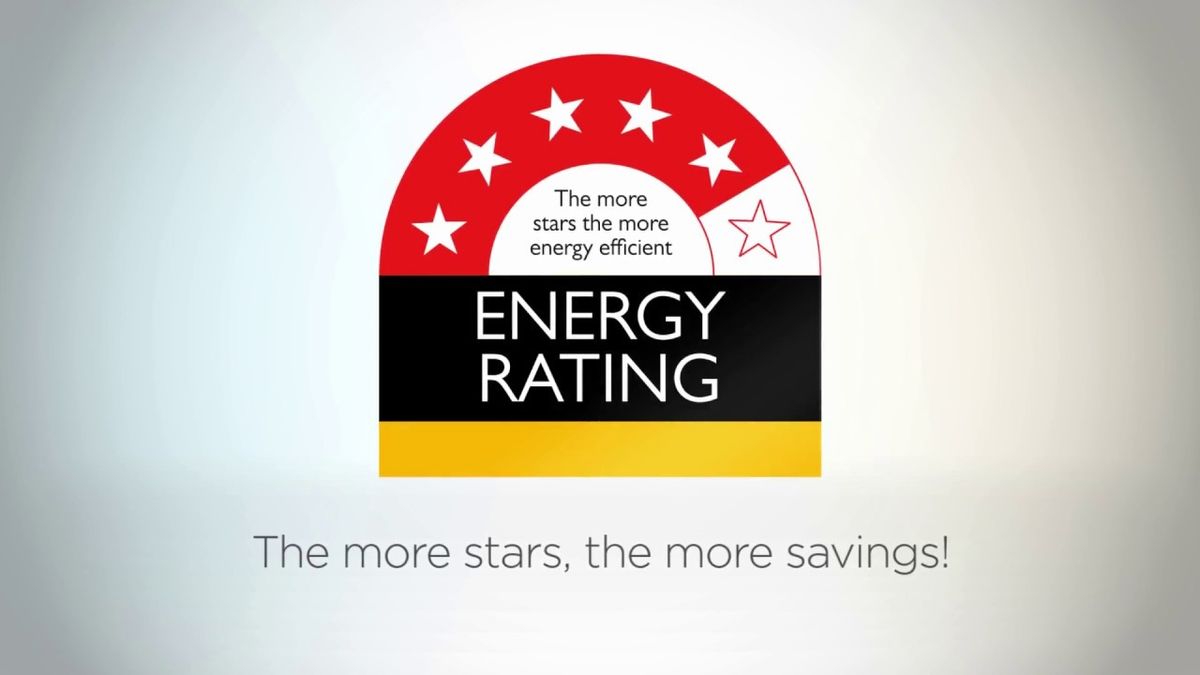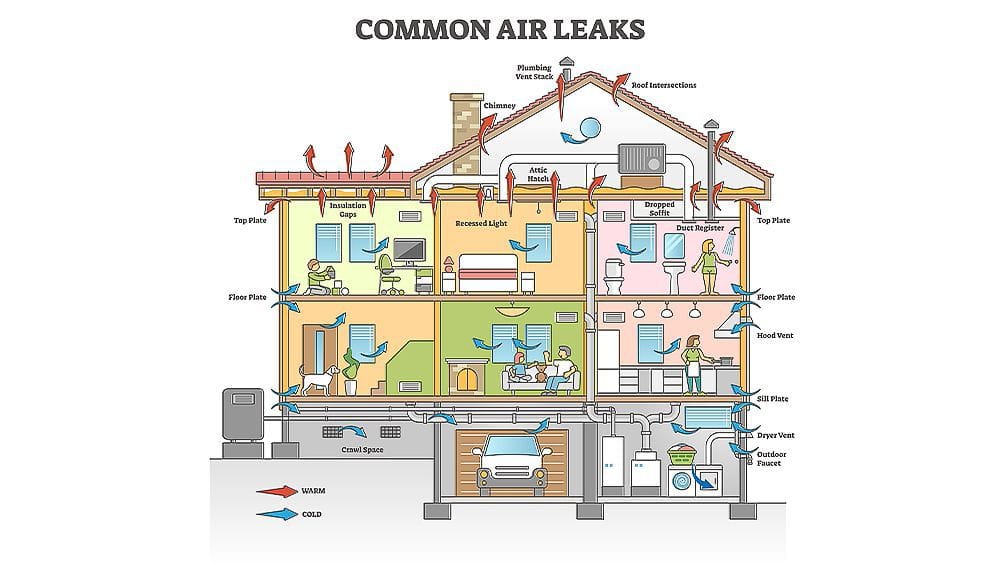Cost and complexity can be kept at a minimum when building to reach 7 stars. By making appropriate design and material choices, energy efficiency and overall energy rating of the built structure can be greatly improved.
Here are a few tips and advice to new home owners.
7 Star Home energy ratings
Starting from 1 October 2023, most states and territories will be implementing a new minimum standard for new homes. It is recommended to begin with the fundamentals to achieve a 7 star rating.
Firstly, the design and orientation of a building are essential to reduce the costs of achieving a 7 star rating or higher.
Designing for the local climate should include consideration of shade and solar access in order to minimise changes necessary for other elements such as eave width or ventilation.
When selecting a your land, careful consideration should be given to the orientation of the house to ensure optimal thermal performance and the highest energy rating.
Working with an accredited assessor early in the design process is a key first step, as they have the expertise to help increase ratings and find ways to reach 7 stars and beyond.
Consulting with an assessor could offer potential solutions to address the client's preference for large windows, such as using better insulation and climate appropriate glazing or colours.
Windows, zoning and insulation
Choosing double or triple glazed windows, or coatings for windows, can help you to achieve a higher rating on the energy rating certificate. Prices have decreased significantly and there are numerous options available.
The size, placement and shading of windows should be suitable for the climate, and that shading is an essential factor for large west-oriented windows.
To reduce the cost of achieving 7 stars, designers can add additional internal doors which can improve the accuracy of mechanical heating and cool estimates.
Doors may be located at the end of corridors, near the bottom of stairs, or in close proximity to media and rumpus rooms that are used infrequently.
The R value of insulation present in walls, floors, and ceilings can be increased to impact climate ratings.
Raising your R-value can have a considerable impact, and insulation should be extended to new areas like the slab, garage and interior walls, particularly in unheated rooms such as laundries and bathrooms. Nonetheless, be mindful of potential condensation.
Designs which minimise number of ceiling penetrations, such as replacing down lights that aren't IC4-certified, roof windows and skylights with other lighting options which enable continuous ceiling insulation, will be rewarded with higher energy ratings.
Make plans and select colours thoughtfully.
Energy ratings can be improved by choosing different shades for the roof and outer walls, particularly when avoiding darker roof colours in warmer climates. Adjusting window frame colours may also have a noticeable result.
Installing ceiling fans in all rooms can enhance the energy rating while providing comfort to the occupants of the property.
People may not give much thought to the colours of their roof, window frames and walls, but when combined they can have a significant impact on the score.
Incorporating fans into your space is a simple way to earn energy rating points.
One of the best ways to achieve a 7-star building assessment rating is by engaging an assessor earlier in the design process, selecting appropriate design choices, and choosing materials and fittings wisely.
Conclusion
In conclusion, achieving a 7-star energy rating for your home is not only an attainable goal but also a smart choice for both cost-efficiency and environmental sustainability. By adhering to the guidance and tips presented here, you can make informed decisions about design, materials, and energy-efficient choices.
Starting from October 2023, the new minimum standards for new homes underscore the importance of these considerations. Therefore, it's recommended to prioritise factors such as optimal design and orientation, energy-efficient windows, insulation, and thoughtful colour choices. Collaborating with an accredited assessor early in the design process is crucial to reaching and surpassing the 7-star rating, ensuring your home is comfortable, environmentally responsible, and cost-effective in the long run.




















